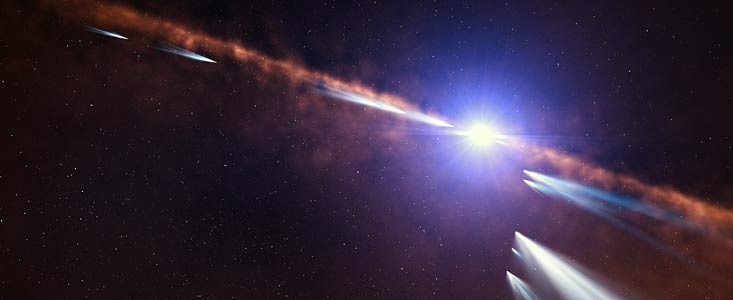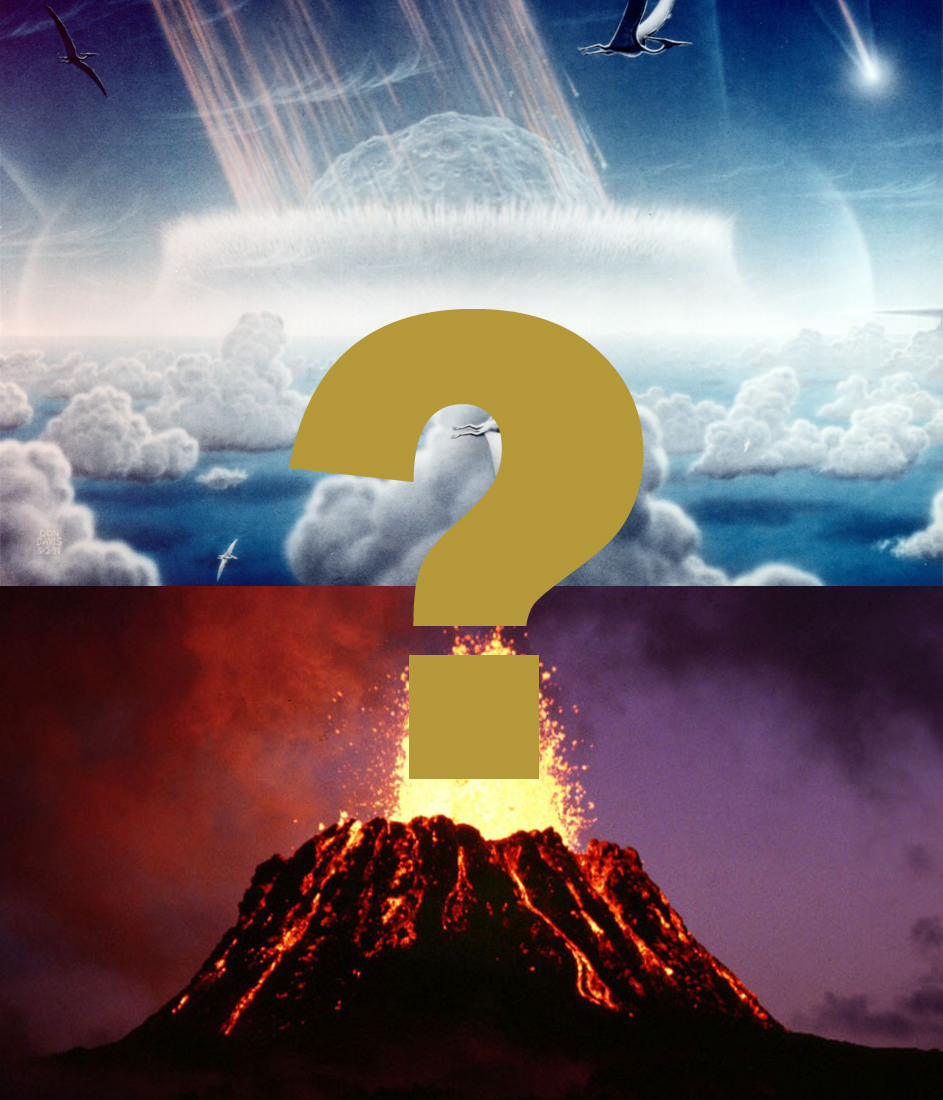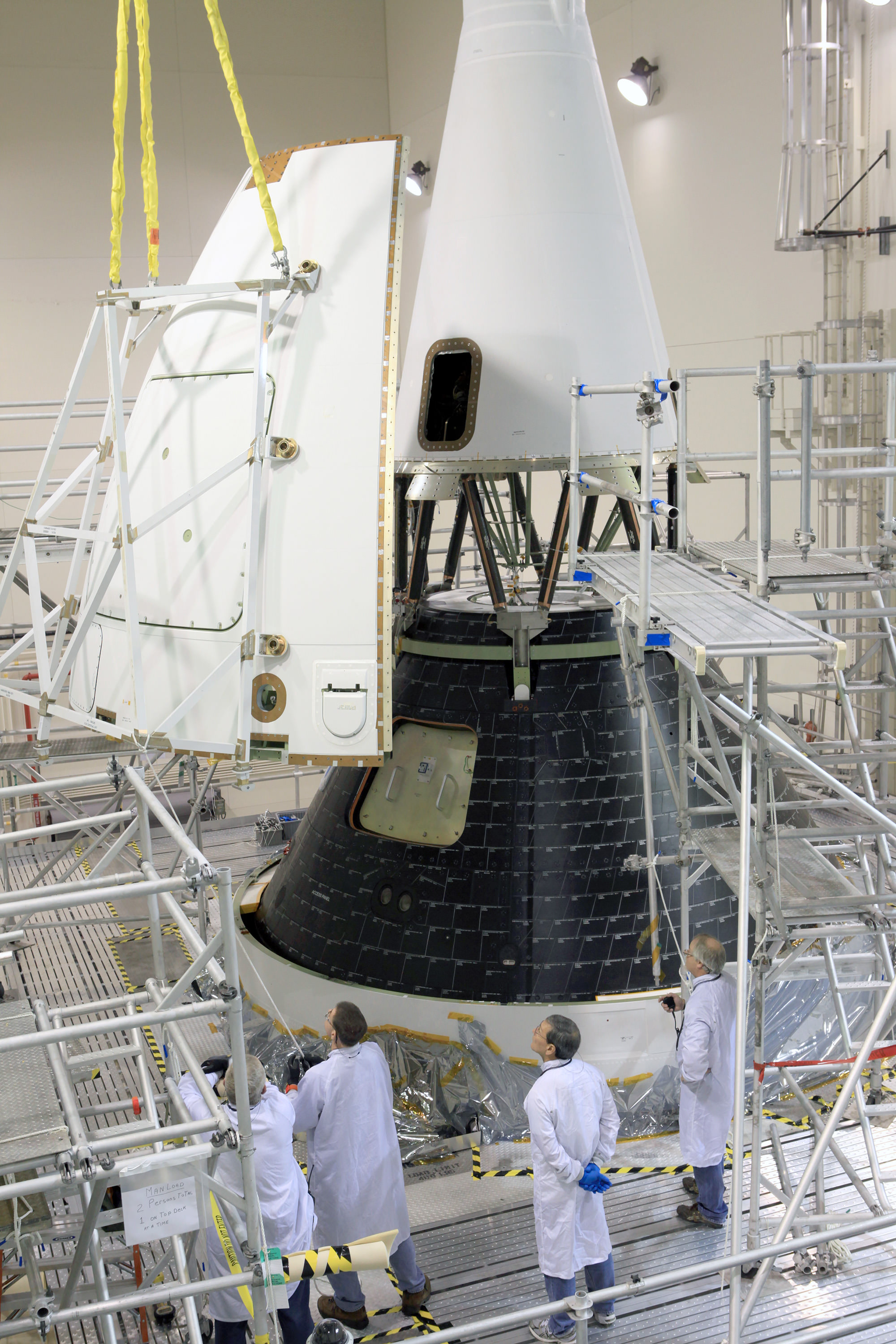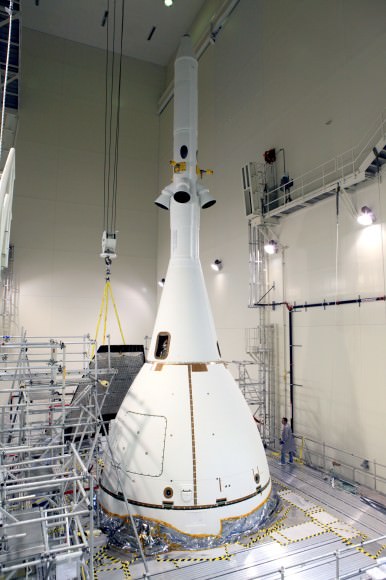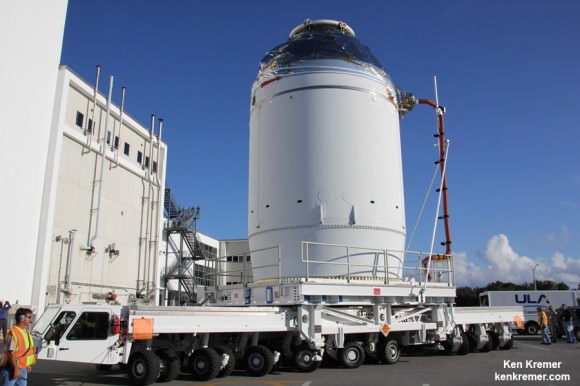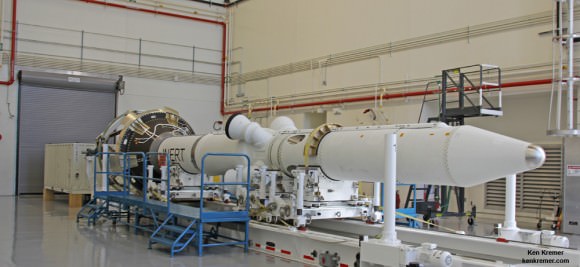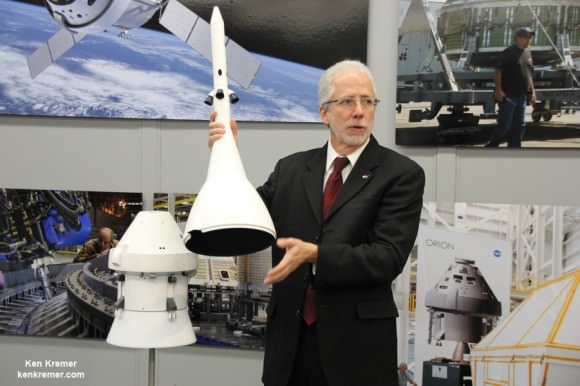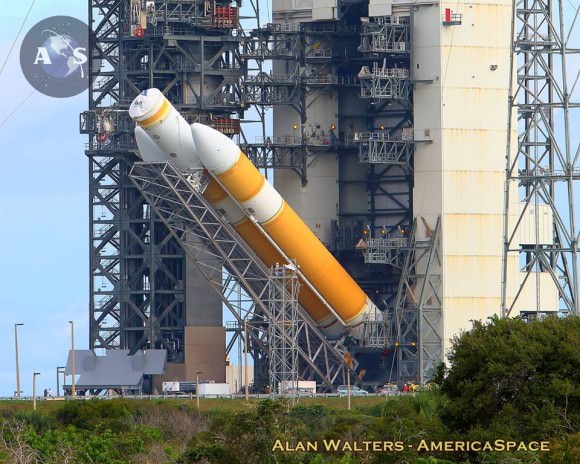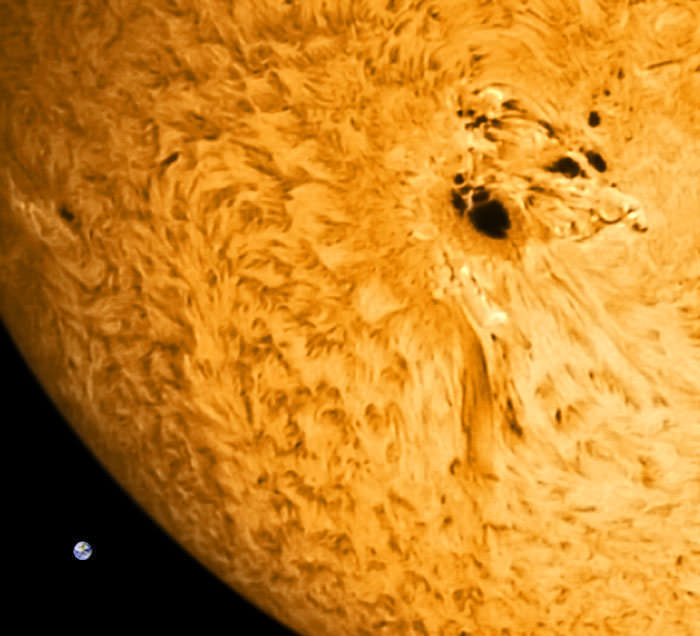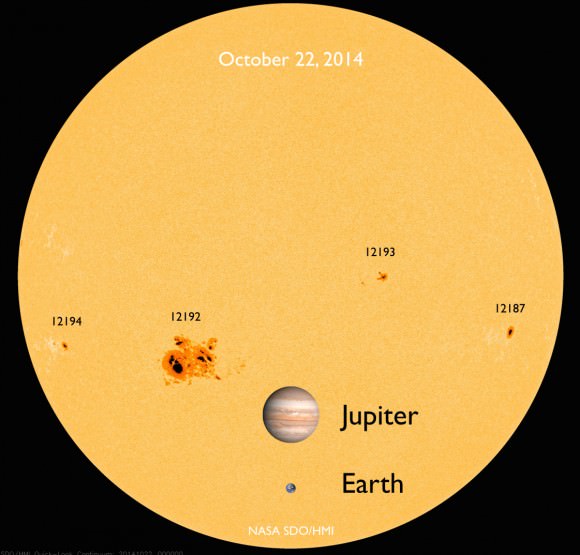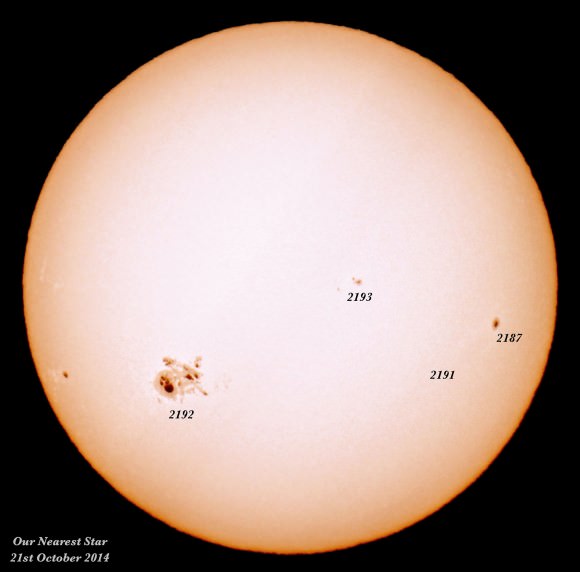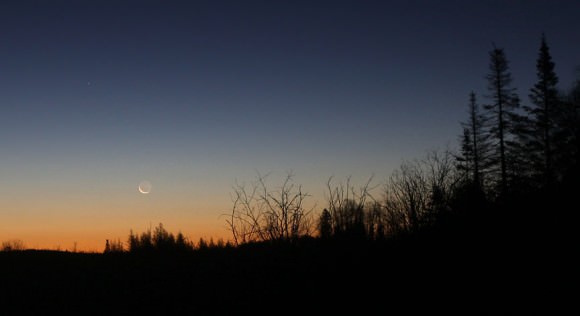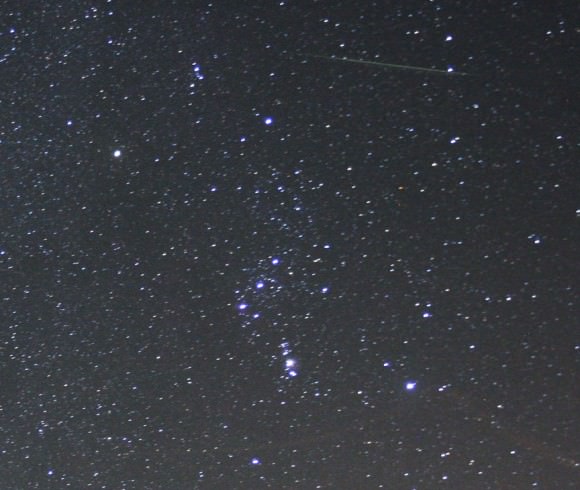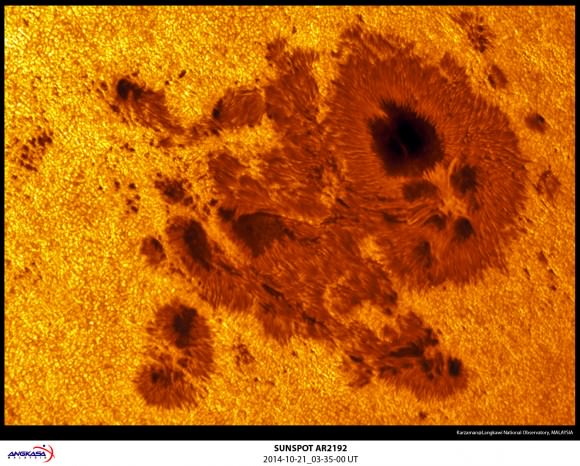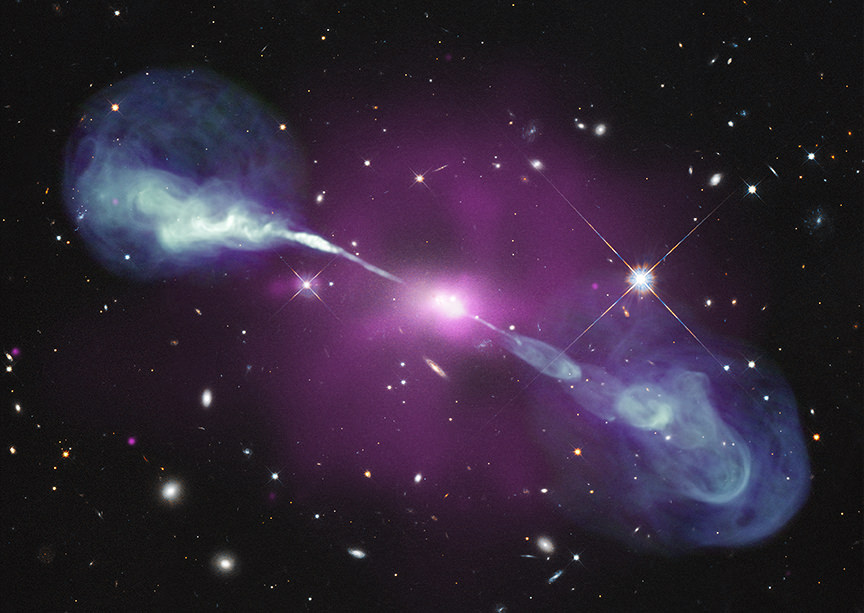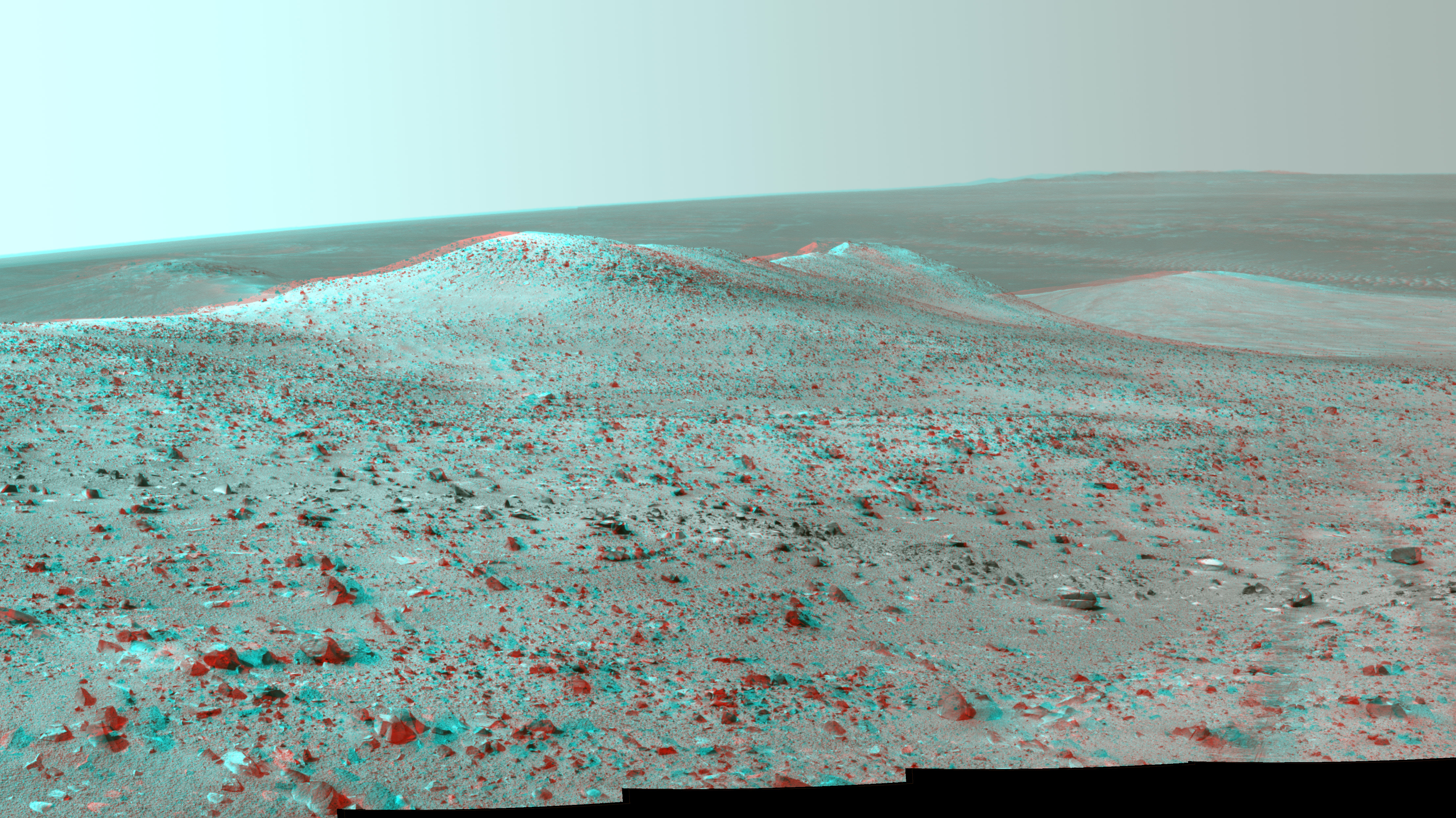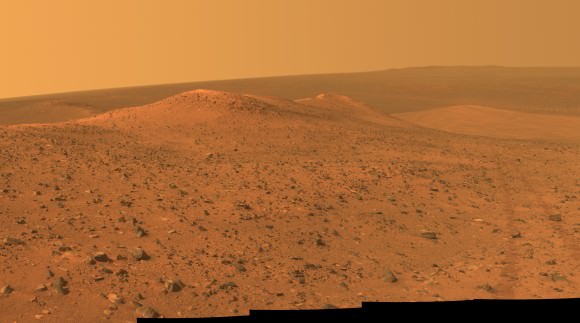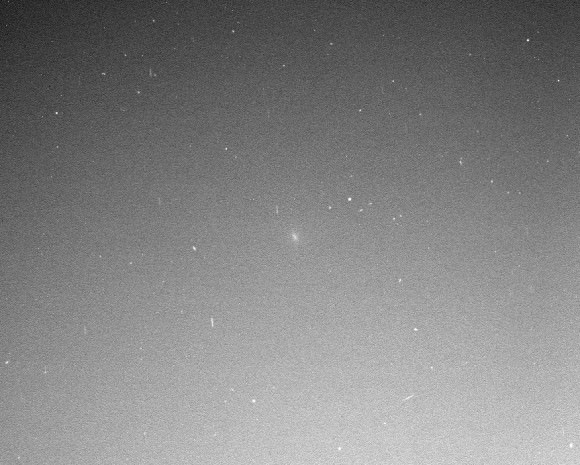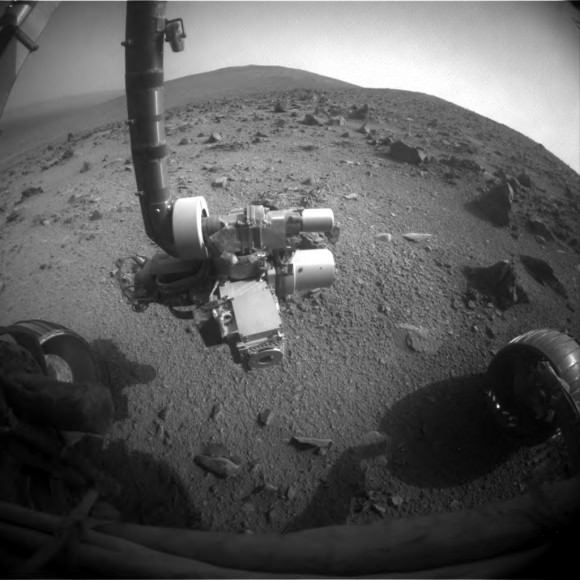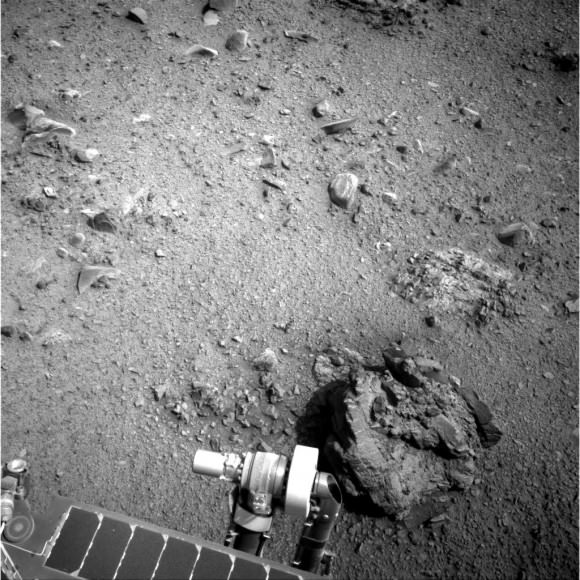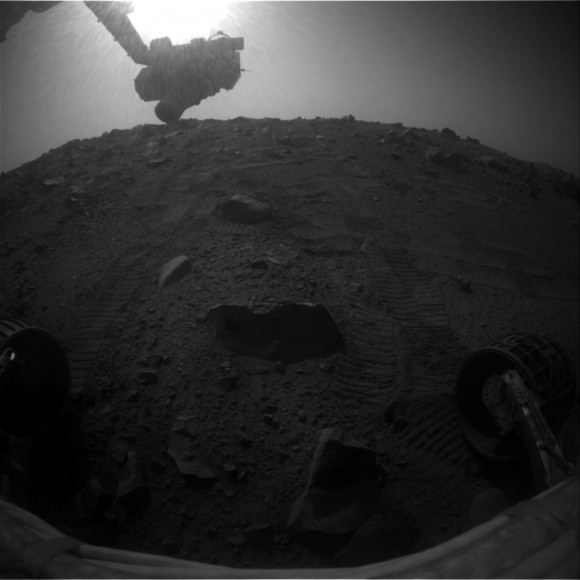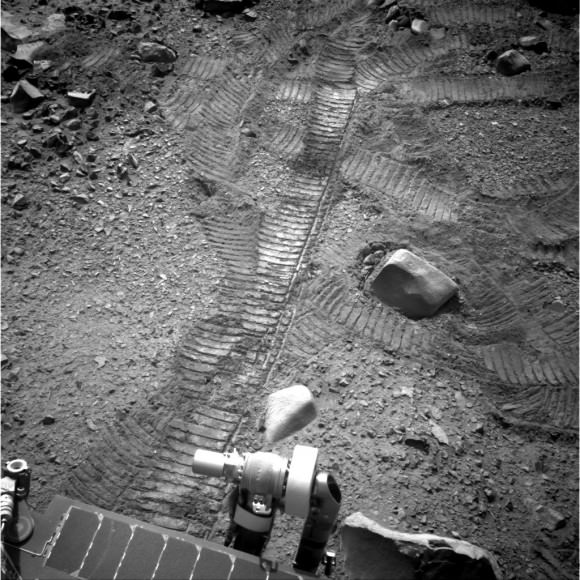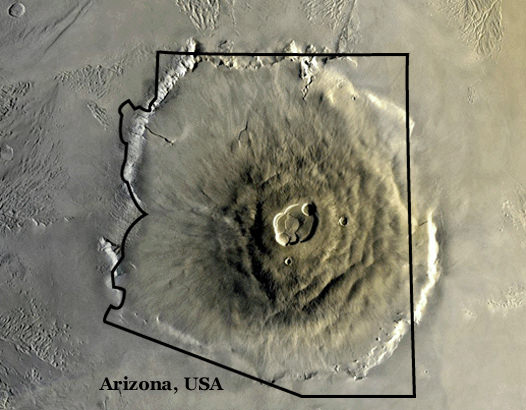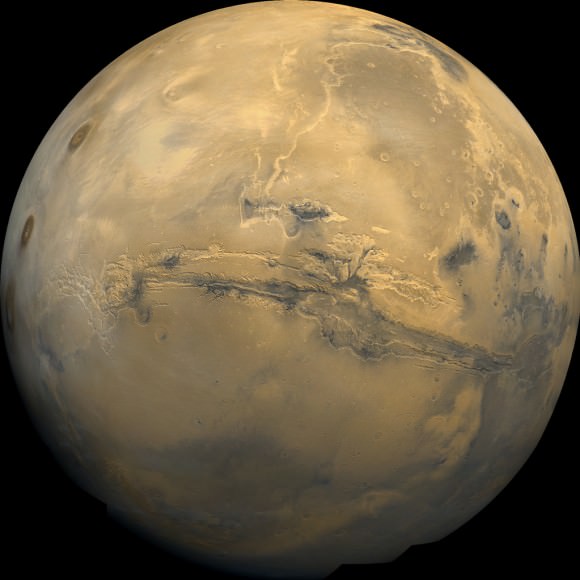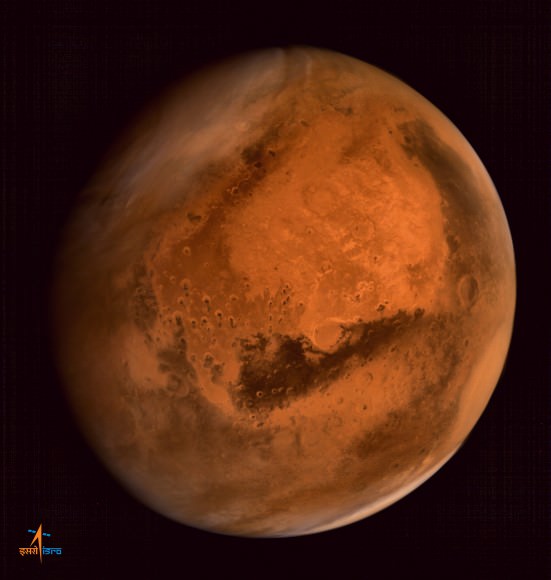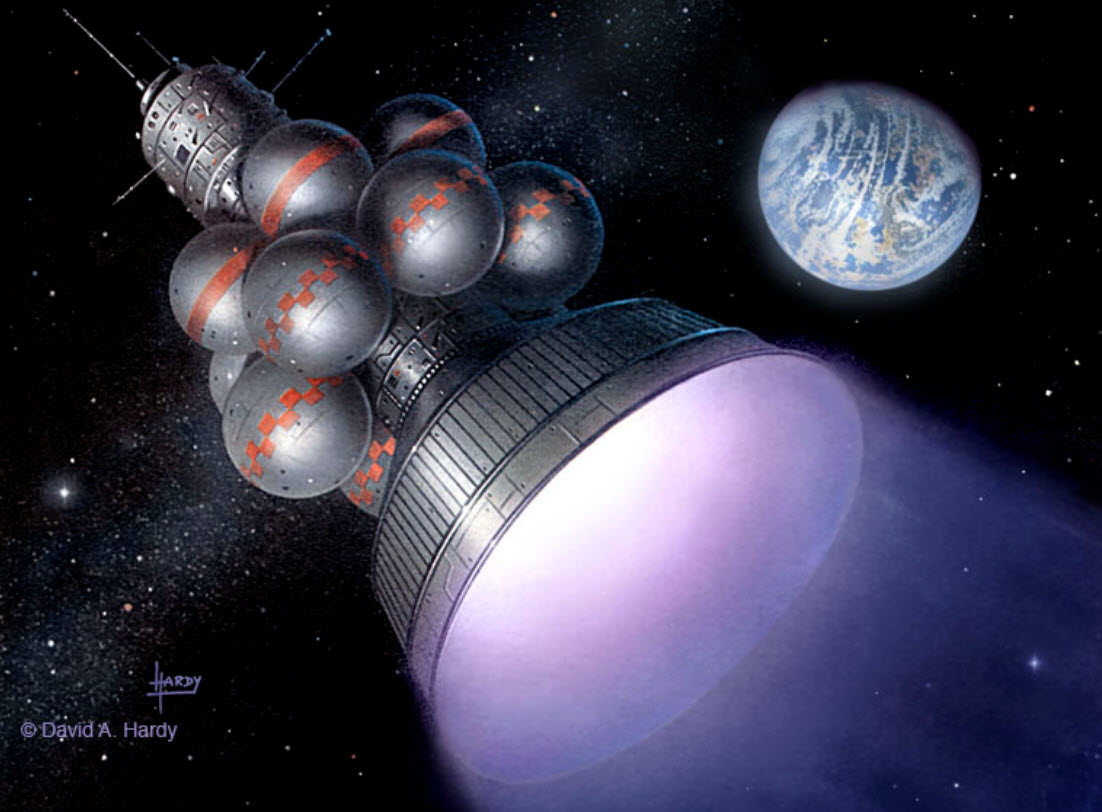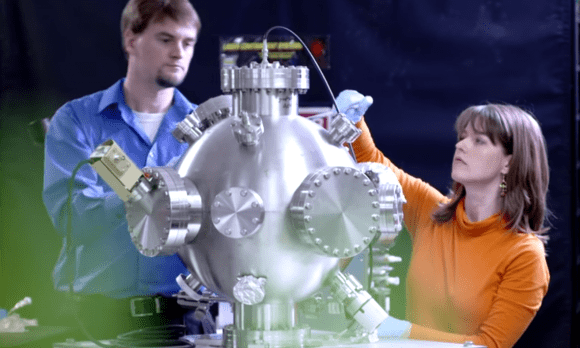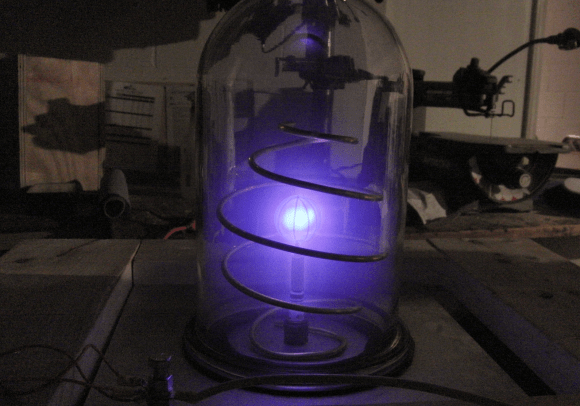Between the years 2003 and 2011, the High Accuracy Radial velocity Planet Searcher – better known as HARPS – made more than a thousand observations of nearby star, Beta Pictoris. On board the ESO 3.6-metre telescope at the La Silla Observatory in Chile, the sensitive instrument normally combs the sky nightly in search of exoplanets, but lately it has contributed to another astounding discovery… exocomets!
Located about 63 light-years from the Sun, Beta Pictoris is a youthful star, estimated to be only around 20 million years old. Keeping it company in space is a vast disc of material. This swarm of gas and dust is the beginnings of an active planetary system and was likely created by the destruction of comets and collisions of rocky bodies like asteroids. Now a French team using HARPS has been able to create the most complete catalog of comets to date from this system. Researchers have found no less than five hundred comets belonging to Beta Pictoris and they divide in two unique branches of exocomets. Split into both old and new, these two active flows behave much like our own cometary groups… They have either made many trips around the parent star or are the product of a recent breakup of one or more objects.
Flavien Kiefer (IAP/CNRS/UPMC), lead author of the new study, sets the scene: “Beta Pictoris is a very exciting target! The detailed observations of its exocomets give us clues to help understand what processes occur in this kind of young planetary system.”
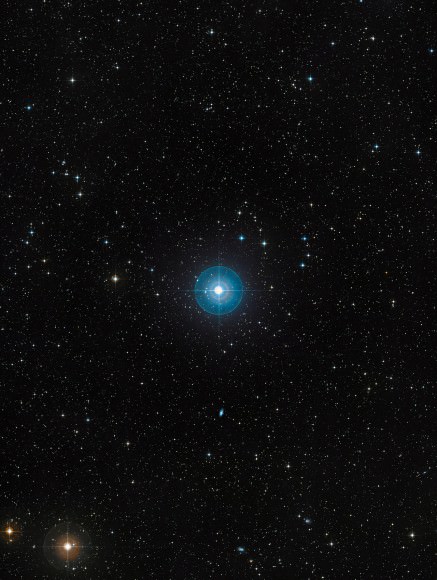
Just like discovering planets through the transit method, astronomers believe exocomets can cause a disturbance in the amount of light we can see from a given star. When these icy travelers exhaust themselves, their gas and dust tails could absorb a portion of the star light passing through them. For nearly three decades scientists had been aware of minute changes in the light from Beta Pictoris, but attributing it to comets was next to impossible to prove. Their tiny light was simply overpowered by the light of the star and could not be imaged from Earth.
Enter HARPS…
Using more than a thousand observations taken by this sensitive equipment, astronomers chose a sample of 493 exocomets unrelated to each other, but sharing in the Beta Pictoris system. Of these, some were dutifully followed for hours at several different times. The size and speed of the gas clouds produced were carefully measured. Researchers were even able to document the orbital properties of some of these exocomets – the size and shape of their passage paths in relation to the parent star allowing scientists to infer their distances.
Knowing that comets exist around other stars is very exciting – and knowing that solar systems around other stars work much like our own is downright rewarding. Through this study, we’re able to take a unique look at what might be several hundreds of exocomets connected to a solitary exo-planet system. What the research has revealed is two distinct branches of the comet family tree. One of these is old comets – their orbit dictated by a single, massive planet. The other half of the family fork belongs to comets that might have arisen from the destruction of a larger object.
The older group behaves in a predictable manner. These exocomets have differing orbital patterns, and their gas and dust production is greatly reduced. If they follow the same rules as the ones in our solar system, it’s typical behavior for a comet which has exhausted its volatiles during multiple trips around the parent star and is also being controlled by the system’s massive planet. This is exciting because it confirms the planet’s presence and distance!
“Moreover, the orbits of these comets (eccentricity and orientation) are exactly as predicted for comets trapped in orbital resonance with a massive planet.” says the science team. “The properties of the comets of the first family show that this planet in resonance must be at about 700 million kilometres from the star – close to where the planet Beta Pictoris b was discovered.”
The second group also behaves in a predictable manner. These exocomets have nearly identical orbits and their emissions are active and radical. Observations of this cometary type tell us they more than likely originated from the destruction of a larger body and the rubble is caught in a orbit which allows the fragments to graze Beta Pictoris. According to the research team: “This makes them similar to the comets of the Kreutz family in the Solar System, or the fragments of Comet Shoemaker-Levy 9, which impacted Jupiter in July 1994.”
Flavien Kiefer concludes: “For the first time a statistical study has determined the physics and orbits for a large number of exocomets. This work provides a remarkable look at the mechanisms that were at work in the Solar System just after its formation 4.5 billion years ago.”
Original Story Source: “Two Families of Comets Found Around Nearby Star – Biggest census ever of exocomets around Beta Pictoris” – ESO Science News Release

